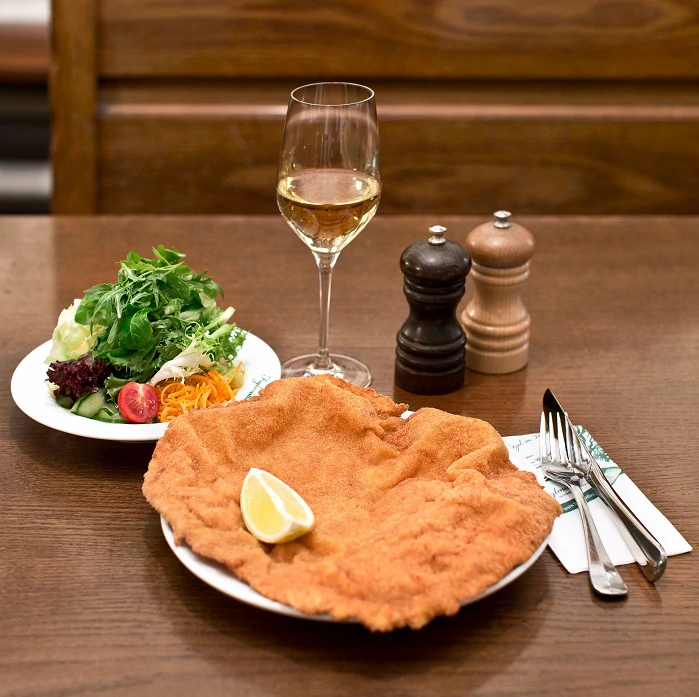When the river was regulated in 1875, the grown main branch of the Danube from the early 18th century was separated from the new main branch by a dam and developed into a recreational area as the “Old Danube”. At the turn of the century, however, “leisure” was not yet a natural part of life in Vienna. This made people all the more conscious of seeking the blessings of nature in the few free hours they were given. For the eye and the soul restful greenery, good air and water. The radius of action was of course limited, since no private or public means of transport made distant places reachable in a short time. People walked, those who could afford it took the Fiaker. The destination was the outskirts of the city . The Vienna Woods with its wine taverns to the west, the Bohemian Prater on the edge of the Laa Forest to the south, the Prater meadows with the Wurstelprater and, above the new Crown Prince Rudolf Bridge (Reichsbrücke), the area of the Old Danube. The still dirty streets of Vienna, the dusty, bad air and the gray houses drove people to the Old Danube, where the willows gently curved over the water, the sandy beach of the Gänsehäufel reminded them of the coasts of the Italian Adriatic and where, later, they could watch the sailing boats on the terraces of the inns and dream of distant lands. Soon entrepreneurs settled here who had a good sense of what would make day trippers happy. It was here on the Old Danube that sailing was born in Austria . Edward Drory from Berlin, a son of the widespread English family that provided gasworks directors throughout Europe, loved sailing and founded the Union Yacht Club Stammverein, the first Austrian sailing club, on March 16, 1886. The changeable gusty wind conditions still make the area very challenging. The Old Danube is also the cradle of domestic rowing, which also came to us from England. The ideal conditions of the calm, current-free water soon led to the founding of the First Vienna Rowing Club LIA and others. The national and international competitions and events also attracted the upper middle classes and aristocrats and brought an elegant flair to the Old Danube in an exclusive circle. The area of the Old Danube is about 156 ha. The oxbow lake is fed partly by springs, but mainly by the groundwater flow running parallel to the Danube. On peak days, 20,000 people from all over Vienna come to the Old Danube today, 1.5 million annually. 1,600 boats, electric and pedal boats have been added to help leave everyday life behind. Relax, seek recreation, enjoy water sports, meet friends and enjoy delicious food and drink together in the approximately 40 excellent gastronomic establishments. That’s what this idyll in the big city offers, just 7 subway stops from St. Stephen’s Cathedral. The watercourse is almost 8 kilometers long and up to half a kilometer wide. From the water park near the Nordbahndamm to Wagramer Straße it is called the Upper, then the Lower Old Danube. On its shore there are numerous public baths and bathing jetties. Only since July 18, an additional 6,000 square meters of sunbathing space is available free of charge at Strombucht near the steamboat pile. Herons can be seen, turtles, beavers and muskrats, kingfishers and rails. The occurring fish species carp, pike, tench, catfish, eel are present in large numbers. You can also find tench, bream, rudd, zander and perch.
They also enjoy the excellent water quality! Time Travel Tip: The red subway line U1 takes you directly to the Alte Donau, get off at the station and into the bathing fun or to the boat rental.
Image source:https://alte-donau.info/media-presse/Copyright:“Die Schöne Alte Donau” working group



